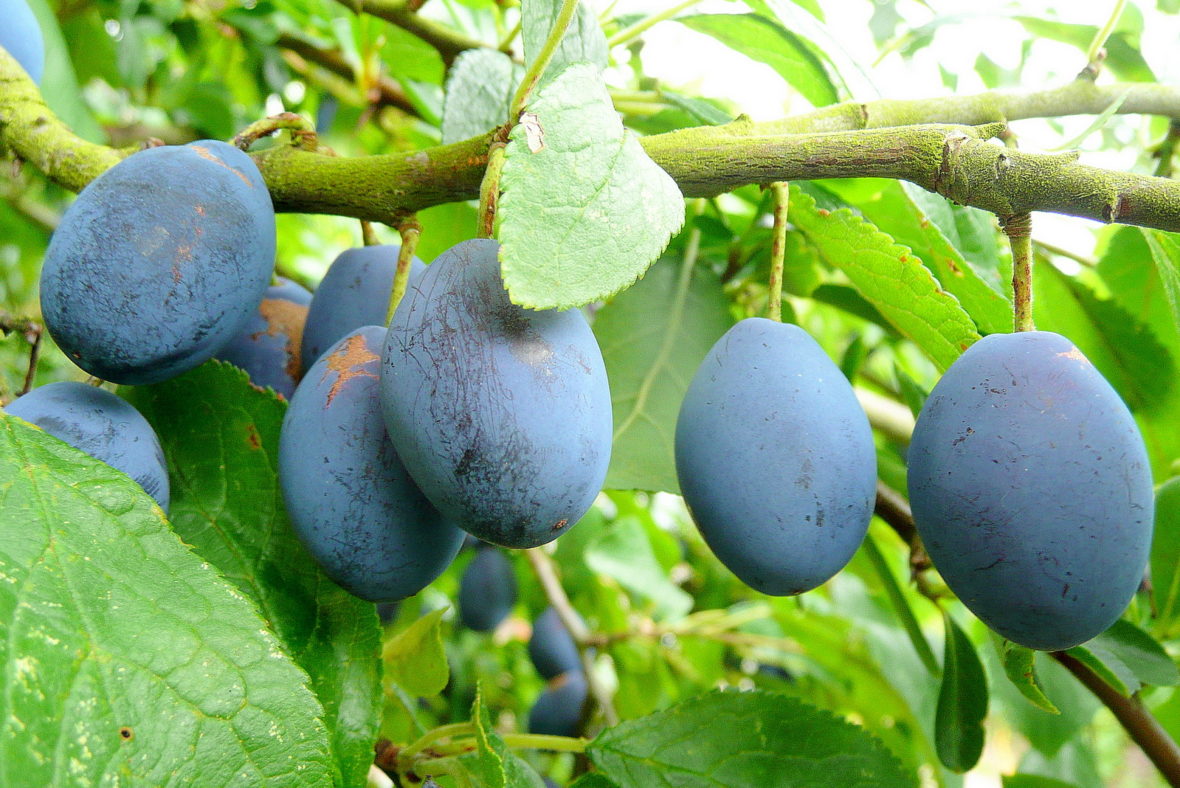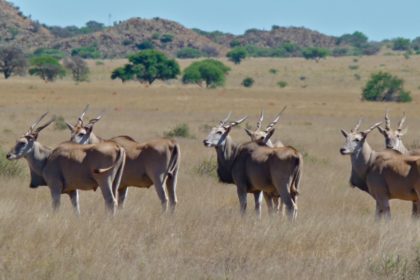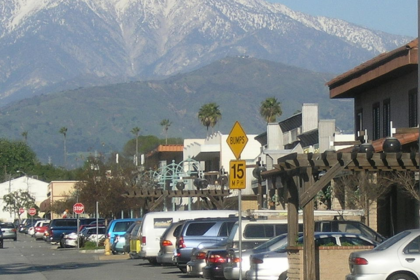Damson, or damson plum, is an edible drupaceous fruit and a subspecies of the plum tree. Varieties of insititia are found across Europe, but the name “damson” comes from and is most commonly applied to forms which are native to Great Britain. Take a look below for 25 more fun and fascinating facts about damson.
1. Damsons are relatively small plum-like fruit with a distinctive, somewhat astringent taste, and are widely used for culinary purposes, particularly in fruit preserves or jam.
2. In South and Southeast Asia, the term “damson plum” sometimes refers to Jambul, the fruit from a tree in the Myrtaceae family.
3. The name “mountain damson” or “bitter damson” was also formerly applied in Jamaica to the tree Simarouba amara.
4. The name “damson” comes from Middle English “damascene”, “damesene,” “damasin,” “damsin,” and ultimately from the Latin “damascenum,” which means “plum of Damascus.”
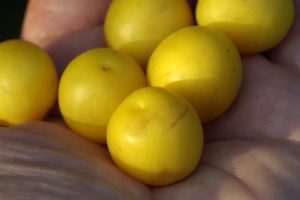
5. One theory suggests that damsons were first cultivated in antiquity in the area around the ancient city of Damascus, capital of modern day Syria, and were introduced into England by the Romans.
6. Remnants of damsons are sometimes found during archaeological digs of ancient Roman camps across England, and they have clearly been cultivated and consumed for centuries.
7. Damson stones have been found in an excavation in Hungate, York, and dated to the late period of Anglo-Saxon England.
8. The damson tree makes a tough hedge or windbreak, and it became the favored hedging tree in certain parts of Great Britain, such as Shropshire and Kent.
9. Damsons were used in orchards to protect less hardy trees, though orchards entirely composed of damson trees were a feature of some areas, notably the Lyth Valley of Westmorland and the Teme Valley in the Malverns.
10. The main recorded use of damsons in the industrial era was in commercial jam making, and orchards were widespread until World War II, after which changing tastes, the effect of wartime sugar rationing, and the relatively high cost of British grown fruit caused a steep decline.
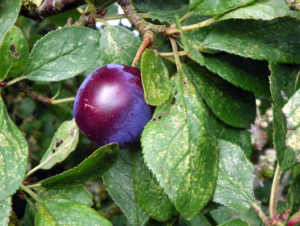
11. Damson was introduced into the American colonies by English settlers before the American Revolution.
12. Damson was regarded as thriving better in the continental United States than other European plum varieties.
13. The damson plum is an ancient variety of Prunus insititia, a species of wild plum that is a late ripening ancestor of the larger and sweeter European and Japanese plum.
14. Yellow damson is far less common than the blue variety, which is a favorite for jams and preserves.
15. The yellow damson plum is rarely consumed in its raw state and is most often regarded as a cooking variety.
16. Certain niche British grocery stores have begun to embrace the damson plum once again, featuring the fruit as a national treasure in the Slow Food’s Forgotten Food Program, an effort that protects historical local British foods.
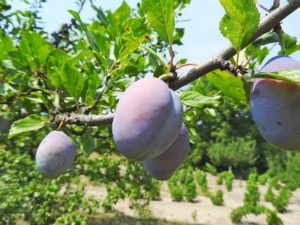
17. Most damson recipes are for the blue variety, but the yellow damson can be substitute. However, you have to keep in mind that yellow damson are sweeter and the recipe won’t require the same amount of sugar.
18. Damson plums are very high in dietary fiber, which is a key part of our digestive health as it helps move food through our digestive tract, eliminating constipation, bloating, cramping and more serious conditions such as colorectal cancer and gastric ulcers.
19. The large amount of copper and iron found in damson plums make them great fruits for improving your circulatory system and boosting your RBC count.
20. Damson gin is made in a similar manner to sloe gin, although less sugar is necessary as the damsons are sweeter than sloes.
21. Damson wine was once common in England. A 19th century reference said that, “good damson wine is, perhaps, the nearest approach to good port that we have in England. No currant wine can equal it.”
22. Insititia varieties similar to damsons are used to make slivovitz, a distilled plum spirit made in Slavic countries.
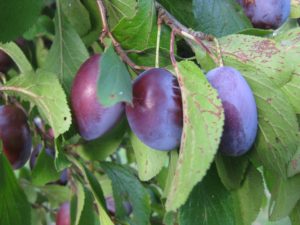
23. Although the majority of damson varieties are blue-black or purple in color, there are at least two rare forms of “white damson”, both having green or yellow-green skin.
24. The damson tree blossoms with small, white flowers in early April in the Northern hemisphere and fruit is harvested from late August to September or October, depending on the cultivar.
25. Damsons take a long time to bear fruit. An ancient rhyme states: “He who plants plums, Plants for his sons. He who plants damsons, Plants for his grandsons.”

